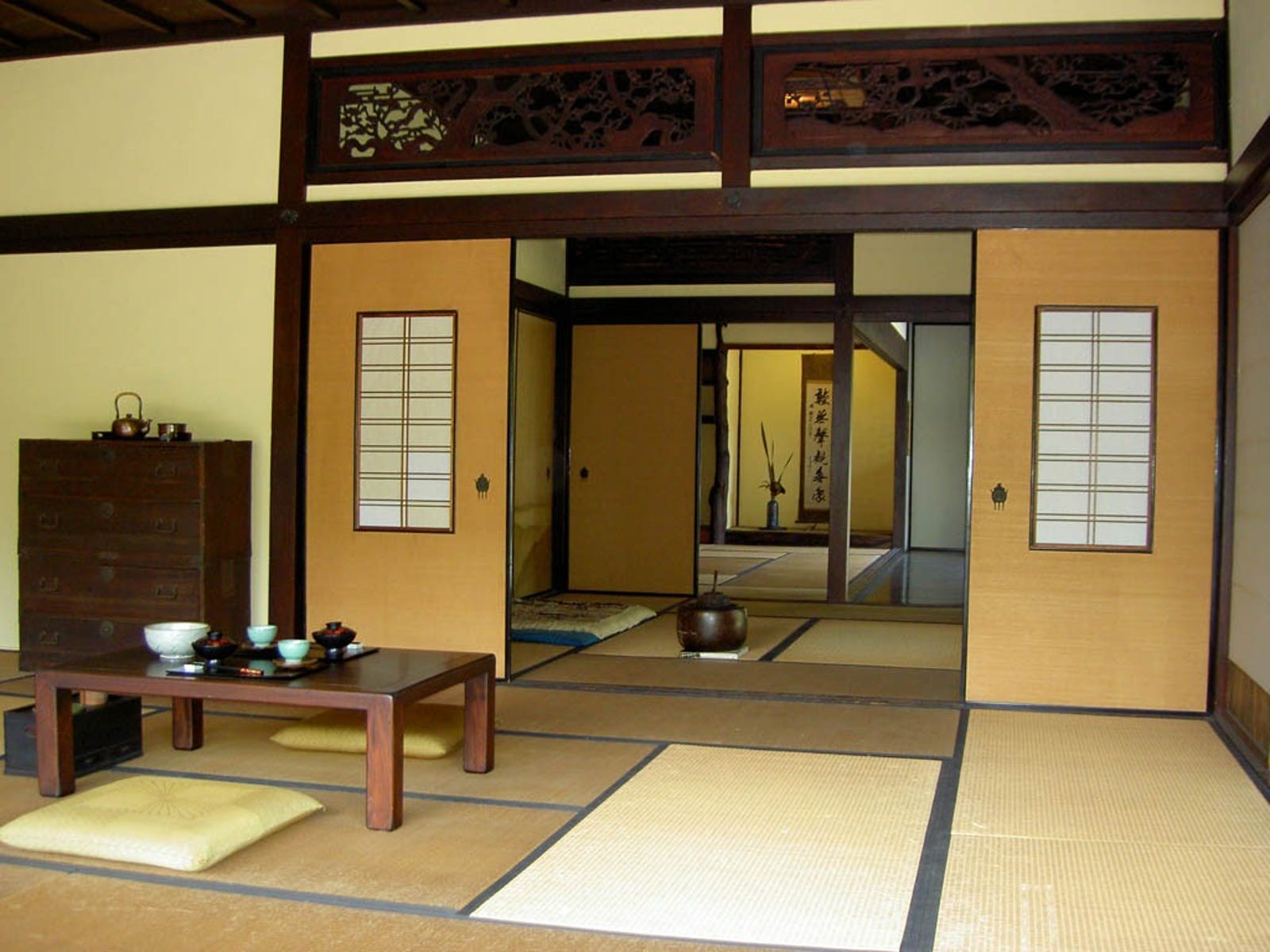How to Beautify & Harmonize Any Room with A Japanese or Asian Style

The Exquisite Power of Tatami Mats
Tatami mats are a kind of rush flooring used in traditional Japanese homes. Made of woven rush grass that surrounds a rice straw core, they’re gentle yet firm on the feet, and also release a pleasant scent, especially on humid or rainy days. Increasingly rare in contemporary Japanese homes or, tatami is still considered to be a potential building material in all homes. Let's take a closer at its history.
Tatami mats have existed since the Nara period (710-794), when the word appeared in Japan’s most ancient book, Kojiki, translated as "Record of Ancient Matters", which was written in 712. During the Heian period (794-1185), they were laid on wooden floors to serve as seating for noblemen. The samurai and the nobility would often sleep on tatami mats, while the peasants slept on straw mats, just like peasants did in Western countries. Around the 16th century, during the late Muromachi period, shiki futon japanese sleeping mats were used to cover entire floors. These rooms were referred to as zashiki, the translation of which means “rooms spread out for sitting”. Eventually, the size of any room was measured by the number of tatami mats could fit inside of a particular room. The average room would hold 4.5 mats, and the pattern of the mats depended on the room’s purpose.
It was during this period that the shoin-zukuri was developed, which is now a style referred to as “traditional Japanese architecture”, which developed into a hybrid of the teachings of Zen monks and the reception rooms of the Japanese military. Shoin-zukuri had an emphasis on tatami matted floors as well as shoji screens, which are constructed with rice paper that is attached to wooden frames, speaking of which . . .
Don’t Peak Behind the Shoji Screen
A shoji screen is a translucent (folding screen that typically acts as a simple room divider to provide privacy and diffuse light throughout the room. A shoji screen typically consists of a wood frame that is filled in with paper, wicker, or cloth. Traditionally, shoji screens were used as decorative displays that depicted legends and other elements of Japanese history Japanese shoji screens were modelled after Chinese folding screens centuries before the year 400 B.C.
Shoji screens can also be used to represent permanent structures, such as shoji windows or shoji doors, which were constructed the same way but in the form or shape of a window or a door. Early on, shoji screens were made from rice paper with several layers in a certain sequence that applied a precise method known as karibari. This is the reason why many people refer to shoji screens as Japanese rice paper doors and/or rice paper door panels.
So, find a local eco-friendly furniture company and transform any room with beautiful tatami mats and shoji screens

About the Author:
This article was written by Mark Klosterman who worked at Haiku Designs. Since its inception, Haiku Designs has provided the finest collections of modern furniture for home and offices. It offers all kinds of bedroom, living room, dining room, office furniture items and more. Apart from this, Haiku Designs also offers natural bedding, floor covering and other accessories. , living room, dining room, office furniture items and more. Apart from this, Haiku Designs also offers natural bedding, floor covering and other accessories.
Other articles and publications:
- +1 (303) 604-1412
- 2905 Center Green Court Boulder, Colorado
- www.haikudesigns.com




